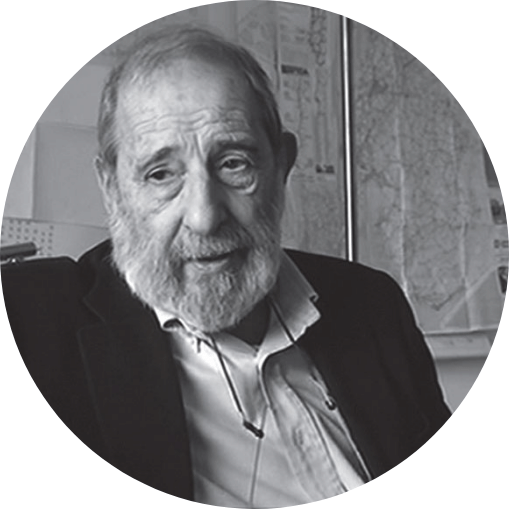
Siza, Alvaro
Álvaro Siza Vieira (Matosinhos, Portugal, 1933)
The Portuguese architect Álvaro Siza Vieira (Matosinhos, 1933) is one of the most prominent figures in contemporary European architecture. Born near Porto, he initially wanted to dedicate himself to sculpture but eventually studied architecture at the University of Porto, where he graduated in 1966.
After graduating, Siza worked as a professor at the same faculty between 1966-1969, and later he would be a visiting professor at renowned universities such as Lausanne, Pennsylvania, Bogotá and Harvard.
Siza's architectural style is characterized by the harmonious integration of his designs with the surroundings, both natural and cultural, combining rationalist features with touches of organicism. Among his most iconic works are the Casa de Cha Boa Nova Restaurant (1958) and the Leça de Palmeira Pools (1966), both in Portugal.
After the Carnation Revolution in 1974, Siza's work focused especially on social housing projects and on solving urban problems, with apartment blocks such as Senhora das Dores (1974-77). Other iconic works are the Borges & Irmão Bank in Vila do Conde (1982-86), which earned him the 1988 Mies van der Rohe Award; and his participation in the reconstruction of downtown Lisbon after the 1988 fire.
Siza has prestigious awards such as the Pritzker Prize (1992) and the National Architecture Award of Portugal (1993) under his belt. His fame transcends the borders of his country, with work built in Spain (especially in Santiago de Compostela), Germany and other countries. Despite his advanced age, Siza remains active and his creations continue to set benchmarks on the international architectural scene.

